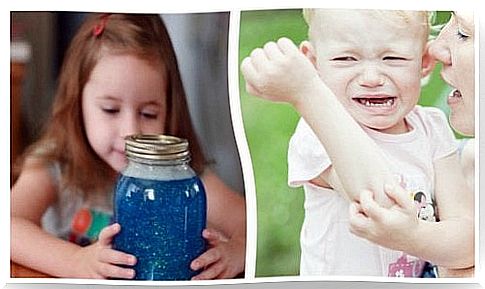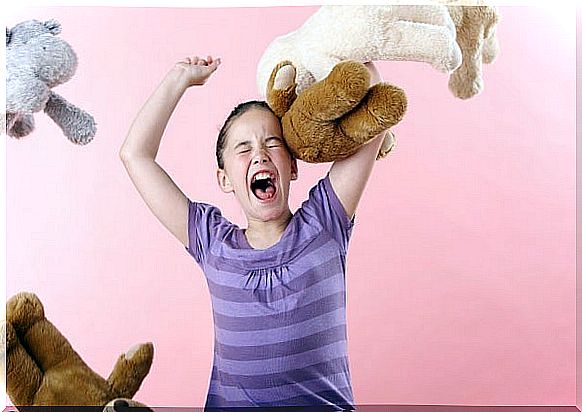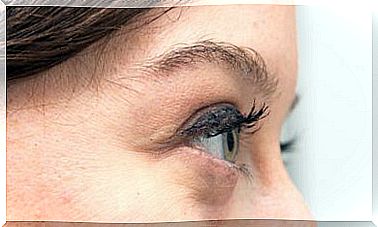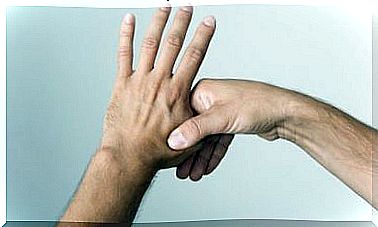Montessori Can Help You Deal With Your Child’s Anger

While it is true that Montessori techniques have been admired as much as they have been criticized, it is still an interesting topic that we can use in the classroom as well as at home and in the daily teaching of our children. In this article, we will talk about how Montessori can help you deal with your child’s anger.
Today we will talk about anger and irritable outbursts that young children experience, which is so complicated for us to control and understand.
One of the most useful concepts Maria Montessori left us was the principle of sensitive periods. Children from the moment they are born until they are 6 years old experience what are known as “the windows of opportunity.”
These windows are instantaneous when children naturally acquire certain competencies and skills.
This is the best time to teach them to deal with and understand this complex emotional world that sometimes overwhelms them.
Here are some simple techniques for dealing with some of your child’s emotional states.
Montessori techniques for dealing with tantrums and anger in children
Montessori techniques are often used more or less consciously in day care and kindergartens.
Basically, these centers put the child’s autonomy first. It focuses primarily on how the child is responsible for her own learning by exploring her curiosity and interaction with all that her surroundings can provide her.
But many mothers and fathers wonder how Montessori’s pedagogy can help them at home. After all, a child’s home is their most immediate environment, where they develop and learn.
Let’s look at some tips to think about that will greatly help parents deal with the angry moments that children may have.

Socio-emotional education
Maria Montessori never spoke “exclusively” about emotional intelligence. According to the famous teacher, emotions and socialization go hand in hand.
When a child has a tantrum, what she feels is nothing more than her social environment’s ability to adapt to her experience. Concrete examples include:
- She can not get what she wants, she feels offended, annoyed at something or someone or unable to wait for a reward… All this translates into tears, screams and kicks.
- Emotions come to the surface in this socio-emotional connection with a child’s interaction with adults or other children. And this means that the child is not able to distinguish things from each other.
- Although some have criticized Montessori’s method because it may give children too much freedom and independence, we must not forget anything fundamental:
- The adult is the supervisor, who provides opportunities for learning, and whom the child imitates and follows.
- These sensitive periods, which are considered to occur between birth and 6 years, are an important milestone that children go through, so that parents are there to answer all questions and participate in all emotions.
Aspects that we must consider in order to channel our child’s emotional world
- According to Montessori techniques, we should not ignore a single word or behavior in your child, nor compare them with others. These actions will make them more angry.
- Make sure your child always feels safe. For example, make sure they feel safe talking to you, safe from daring to discover the world, talking to other children, playing with other children respectfully, trusting people, and creating things.
- Allow your child to make mistakes. Offer them advice, but allow them to resolve their mistakes on their own. Children need to do things themselves. In this way, you increase their self-esteem .
- When a child gets angry, it means that there is something she does not know how to express. Alternatively, this could also mean that there are some aspects of something in her environment that we need to know and understand.
- So it is important that we as parents guide our children with calm and patience. Never ignore these outbreaks of irritability, especially if they are small. It is necessary to trace their origins and make sure they have strategies to combat them.
Glitter bottles
In the last few years, glitter bottles have become extremely popular, and are used to relieve stress and anxiety in children. However, it is important to clarify what the purpose is and how they are used.

- A glitter bottle is a visual stimulation that can distract children and make them happy. The glitter catches their attention and calms them down.
- However, they should never be used as a substitute for an adult’s love and attention.
- For example, a child can take a glitter bottle to bed every day. While your child observes and moves it, you can ask her how her day went or what worries her, what makes her scared, what she likes and dislikes, for example.
- You should ask without judging her and also without fishing for anything particular. Let it be part of a game that promotes her emotional development.
Glitter bottles are simple resources that can help us as parents and they can be easily made at home.









